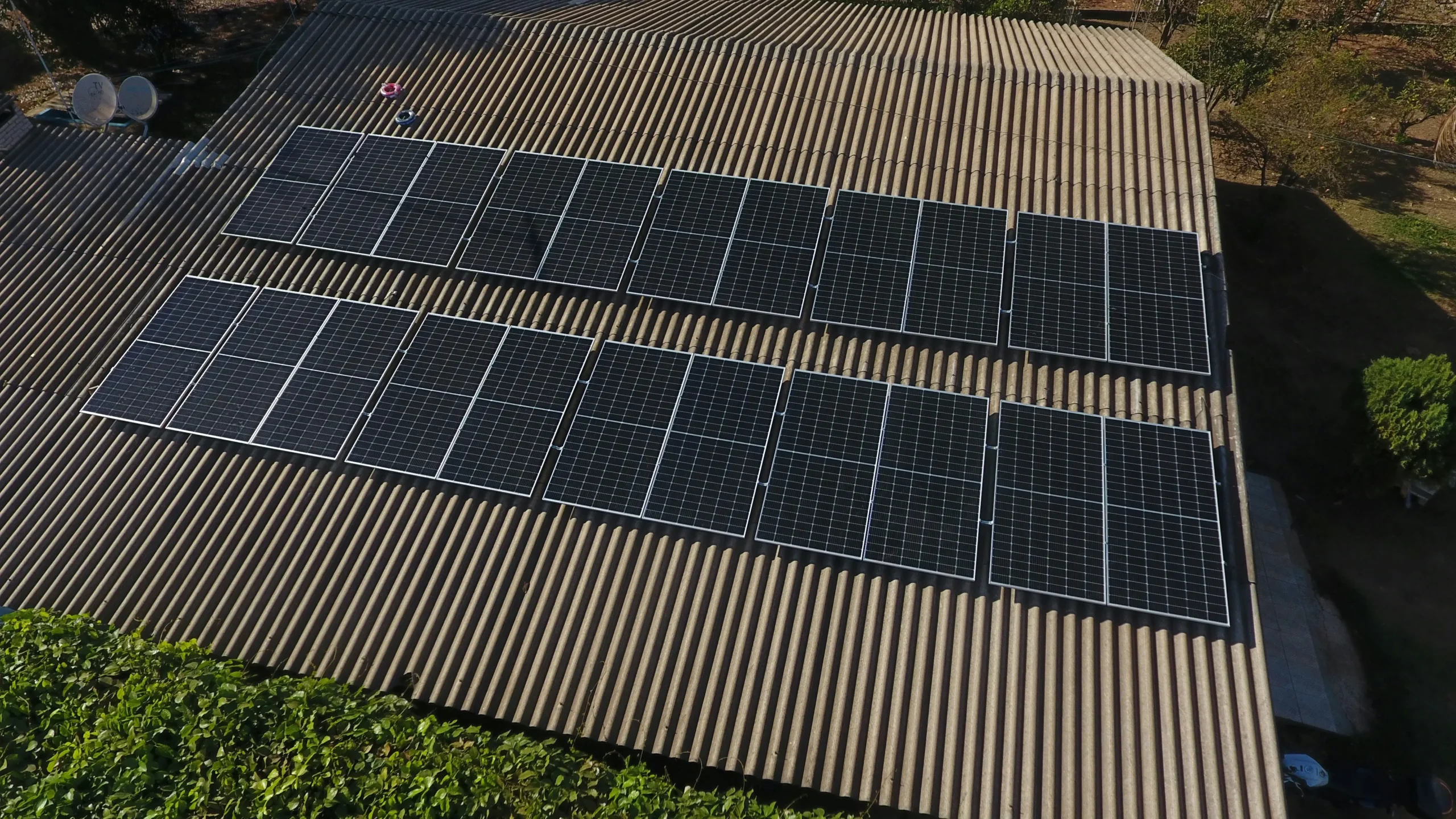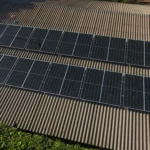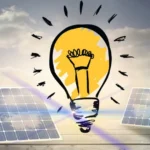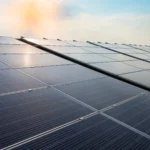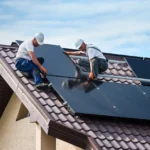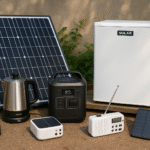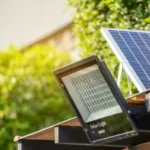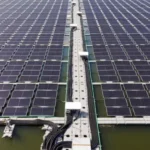What if your home could keep the lights on during a blackout while also cutting your utility bills and reducing your carbon footprint? That is precisely the promise of solar microgrids, a rapidly growing solution for homeowners, small businesses, and entire neighborhoods looking to take control of their energy future.
As someone who has worked with solar installers and eco-conscious property owners, I have seen firsthand how solar energy is not just about saving money. It is about energy independence, resilience, and smarter living.
What Are Solar Microgrids?
Before diving into the benefits, it helps to clearly understand what a solar microgrid is and how it differs from a standard solar installation. Many homeowners are familiar with rooftop panels connected to the utility grid, but fewer realize that traditional systems cannot operate during a blackout.
A solar microgrid changes this dynamic by adding storage and control systems that keep energy flowing even when the main grid is down.
Why Homeowners and Businesses Are Turning to Solar Microgrids
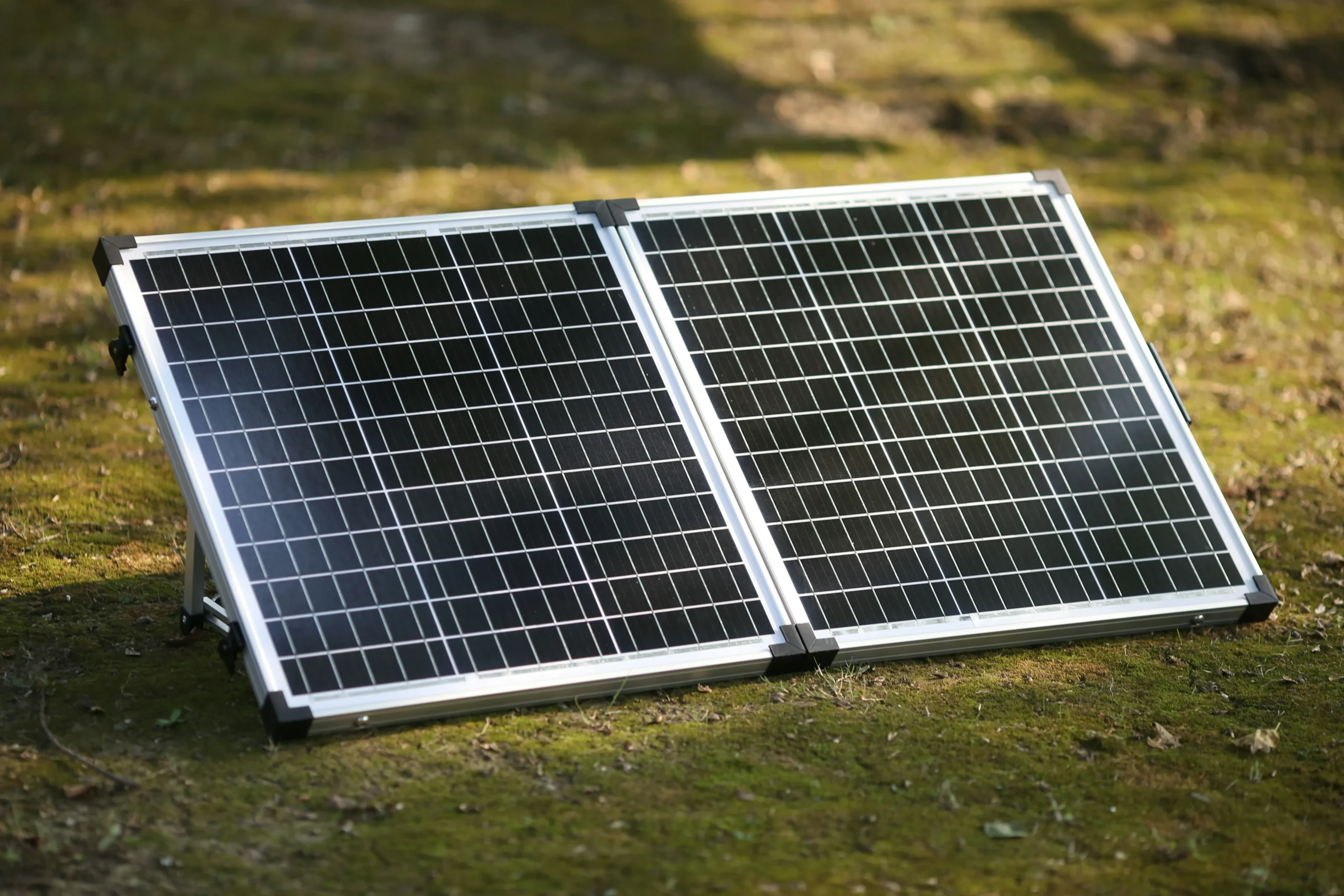
Across the United States, more homeowners and business owners are seeking solutions that give them control over their energy use. Solar microgrids are gaining traction because they address some of the biggest concerns people face: power reliability, monthly savings, and long-term sustainability.
Let’s look at the most common reasons people are making the switch.
1. Energy Resilience
Blackouts are becoming more common due to extreme weather. In California, for instance, wildfire-related shutoffs left thousands without power. Homeowners with solar microgrids, however, reported uninterrupted service.
2. Cost Savings
When paired with time-of-use utility billing, microgrids let you store solar energy during the day and use it at night, avoiding high peak rates. Over a year, that can shave thousands off an electric bill.
3. Sustainability
A typical 400W solar panel system on a home can offset several tons of CO₂ per year. Multiply that across a neighborhood-scale microgrid, and the environmental impact is massive.
Real-World Example: A Client’s Off-Grid Cabin
Theory is one thing, but real-world results often tell the stronger story. I worked with a homeowner who wanted to power a mountain cabin far from any utility lines. Their experience highlights just how transformative solar microgrids can be for off-grid living.
Here is what happened when they made the transition.
How Dirt and Dust Affect Solar Microgrids
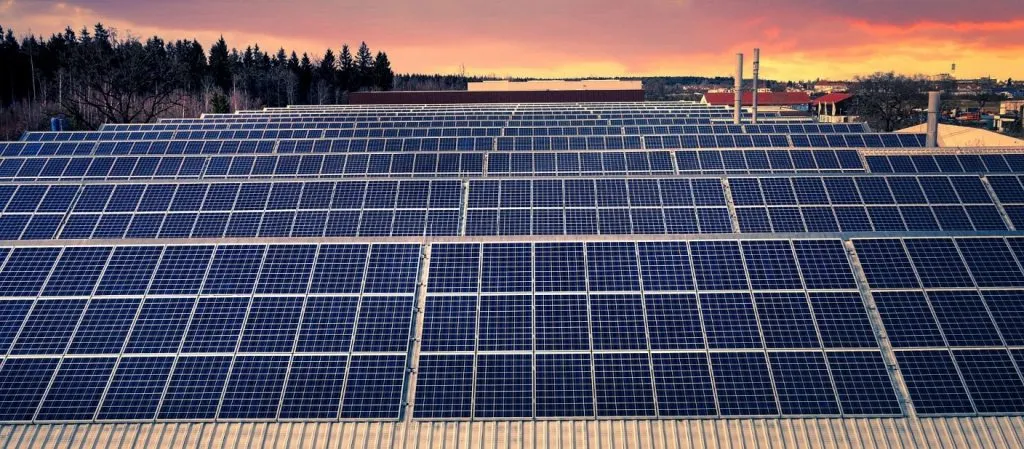
It is easy to overlook the role of basic maintenance in a high-tech system like a microgrid. Yet the efficiency of solar panels, the foundation of the system, is directly tied to how clean they are. Even minor soiling can have a measurable impact on energy output.
Here is what you need to know about keeping panels clear of dirt and debris.
Smart Inverter Troubleshooting
If solar panels are the muscles of a microgrid, the inverter is the brain. It ensures that energy generated by your panels and stored in your batteries is usable by your home or business. When issues arise with the inverter, the entire system’s performance can be compromised.
Here are some of the most common problems to watch out for and how to address them.
Solar Batteries: Care and Longevity
Batteries are the heart of any solar microgrid. They provide the backup power that makes the system resilient and flexible. Without properly cared-for batteries, even the best-designed microgrid will underperform.
Fortunately, there are simple steps every homeowner can take to keep their batteries running strong for years.
Charging Your EV from a Solar Microgrid
For eco-conscious households, pairing solar power with an electric vehicle is one of the smartest investments you can make. Not only does it cut emissions, but it also gives you complete control over your transportation energy costs.
Here is how solar microgrids make EV charging smarter and more efficient.
Common Solar Microgrid Mistakes to Avoid
Installing a solar microgrid is an exciting step, but like any investment, it comes with potential pitfalls. Many mistakes stem from poor planning or cutting corners on design and maintenance.
Let’s review the most common errors so you can avoid them in your own project.
ROI and Long-Term Savings
The cost of a solar microgrid is not insignificant, and many homeowners naturally ask about the return on investment. The answer depends on system size, location, and usage, but the long-term value often goes far beyond the financial numbers.
Here is what you should expect when calculating ROI and payback time.
Trusted Sources for Further Learning
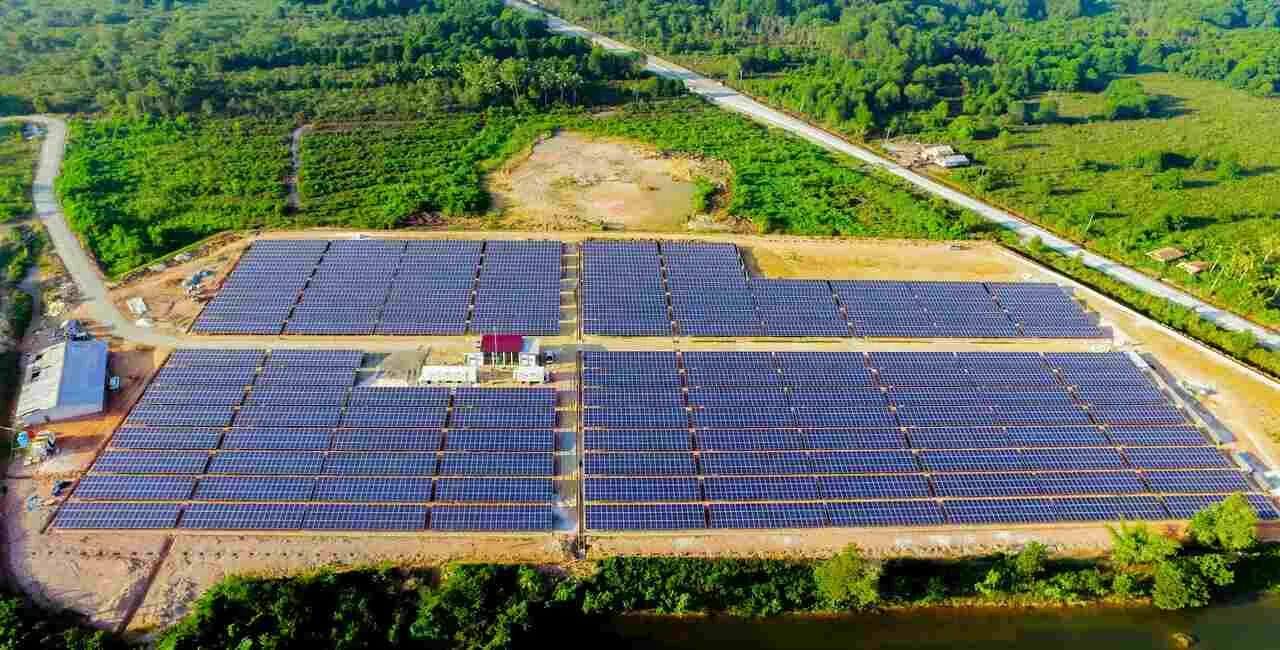
If you are considering a solar microgrid, it helps to read trusted research and industry insights. While this article provides practical homeowner guidance, additional resources can give you technical depth and up-to-date industry trends.
The following organizations and publications are excellent places to continue your learning.
Should You Invest in a Solar Microgrid?
Deciding whether to invest in a solar microgrid comes down to priorities. Do you want lower bills, independence from the grid, and peace of mind during outages? If so, the benefits usually outweigh the upfront costs.
And remember, even the best system needs regular care.
If your panels have not been cleaned in over three months, or if you have never had your inverter and batteries inspected, you could already be losing 10–20% of your system’s potential output.
Book a solar inspection today and start maximizing your investment in clean, reliable power.

